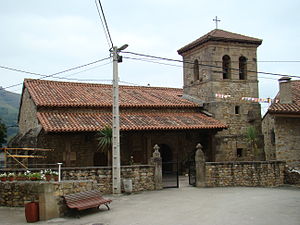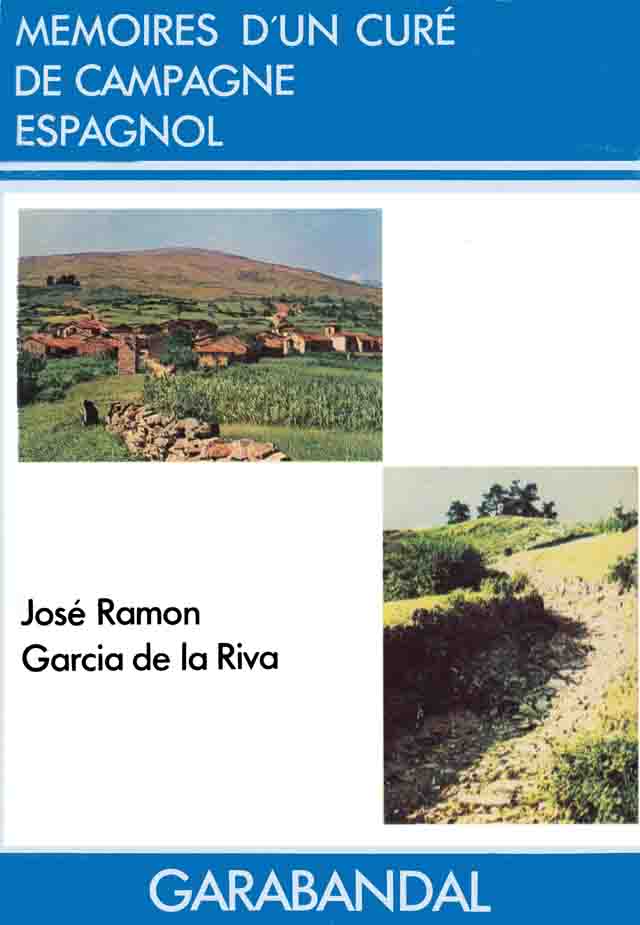Second, they are instruments of that fruitfulness. Third, they are God’s promise to make the Church similarly fruitful. Fourth, God uses them as instruments to fulfill that promise.As signs of Mary’s powerful presence and continuing fruitfulness in our midst, Mary’s apparitions renew our faith in God’s goodness and care for us. They are always accompanied by miracles, prodigies, prophecies, motherly warnings and promises of help and protection.
In Mexico in 1531, for instance, she left a miraculous image of herself which she named, “The Entirely Perfect Virgin, Holy Mary Tequatlasupe” (that last word was changed by the Spaniards to “de Guadalupe”). Tequatlasupe means “She crushes the stone serpent,” referring to the Aztecs’ debased worship of their feathered serpent god Quetzalcoatl which demanded the sacrifice of thousands of human beings yearly and the eating of their flesh.
She also asked that a temple be built for her, where she could show and offer all her love, compassion, aid and protection to all who dwell in our land and who would love and invoke her. In Paris in 1 830, she gave the design of a medal depicting her Immaculate Conception as a constant and present blessing for all mankind, and promised that every one wearing the medal, especially around the neck, would receive great graces. At Lourdes, she also asked for a temple, for similar purposes; insisted on the Rosary, and left a miraculous fountain of healing waters for people to wash in.
And so on. In each apparition she establishes tangible signs and witnesses of her constant presence, action and power in our midst, and of her admonitions and promises to us. Since she wouldn’t do this if she couldn’t deliver on her promises, these apparitions are powerful signs of her firm commitment to continuing fruitfulness in our midst.
As instruments of Mary’s presence and fruitfulness, her apparitions give us joy and hope. Thus, through her miraculous image constantly being explained by Juan Diego, her chosen emissary, and by other clergy and lay apostles, and by her temple where she kept her promise to hear and help all who came to her, she initiated and directed the evangelization of eight million Aztecs and other central American Indians in seven years, more than offsetting the splitting away of some seven million Catholics from the Church in Europe through the Protestant Reformation. It was a tremendous boost and encouragement to the Church in one of its darkest periods.
No Sinner a Lost Cause
Mary’s conversion of Bruno Cornacchiola, a rabid enemy of the Church in Rome in 1947, at the Grotto of Tre Fontane on the outskirts of Rome, encourages us now in an era of ferocious enemies of the Church that Mary still converts such persons and turns them into zealous apostles. No sinner is a lost cause.
Similar fruits have resulted from her other apparitions. Wherever Mary appears or manifests her presence, sinners and unbelievers are converted, saints begin to develop, the work of evangelization appears and grows strong, the unity and harmony of the Church are strengthened,

Wherever Mary appears or manifests her presence, sinners and unbelievers are converted, saints begin to develop, the work of evangelization appears and grows strong, the unity and harmony of the Church are strengthened,

How are Mary’s apparitions a promise from God to make the Church fruitful too? That’s easy! By calling our attention to the stunning fruitfulness of Mary shown in her apparitions, the Father, Jesus and the Holy Spirit are reminding us of what Jesus proclaimed in John’s Gospel, chapter 1 5: “Every branch in me that bears fruit my Father purifies that it may bear more fruit. . If you remain in me and my words remain in you, ask whatever you wish, and it will be done for you. In this is my Father glorified, that you bear much fruit... You have not chosen me, I have chosen you and formed you that you might go forth and bear much fruit and that your fruit might remain, that whatever you ask of the Father in my name, he would give you” (Jn. 15, 2. 7-8).
If Mary is so fruitful, and if the fruitfulness revealed by her apparitions is only the tip of the iceberg, then her ongoing, overflowing, never ending, always increasing, runaway, out of sight fruitfulness now is due to the constant purification the Father subjected her to during her earthly life. It is due to her unspeakably perfect, never failing mystical union with her Son and to his free choice and power in making her so fruitful, and to the Holy Spirit who joined her to Christ and brought her all his gifts.
It is due finally to her own faith in God’s goodness and promises, to her own ardent, unceasing, unyielding prayer for everything she could possibly ask for the Father’s glory, the coming of his kingdom, and the fulfillment of his will in all its limitless details.
In short, Mary’s apparitions must be seen in the context of the Gospel. In that context they cannot help but remind us that the Father, Jesus and the Holy Spirit have chosen us, too, to go forth and bear fruit, and that we will do so if we seek purification from the Father, mystical union with the Son, and understanding and fulfillment of the Son’s words and promises in the Holy Spirit.
Finally, the apparitions are the Father’s instrument to make the Church fruitful. Through them the Father answers the prayer of Jesus at the Last Supper: “that all may be one, as you, Father, are in me and I am in you, that they too may be one in us, that the world may believe that you have sent me” (Jn. 17, 20-2 1).
That is, the Father uses the apparitions to draw us into union with Mary, first of all, just as he drew the apostles and disciples into union with her in the days before Pentecost (Acts 1, 14). In this union, we enter into Mary’s mind, heart and life, and she into ours, so that we begin to share all her thoughts, mental images and attitudes, all her marvelous gifts, virtues and fruits, just as the Father and the Son are in each other and share all things in the Holy Spirit (Cf. Jn. 17, 10).
This union with Mary is brought about by the Holy Spirit as we listen to and contemplate the Scriptures, the Sacred, Spirit-Guided Tradition and her apparitions, and as we accept what they tell us and act on it. When that happens, we become instruments and sharers in Mary’s own awesome fruitfulness.
The purpose of the M.I. and (the Mission of the Immaculate Mediatrix - MIM) is evangelization that is, the true interior conversion and growth in holiness, the real, inner transformation of every human being and moral entity, and of all culture and society, into the adopted offspring of God, and into the culture and society of his kingdom, by the power of the Gospel. Its particular purpose is to bear witness to Mary’s role in this, and to work for the full implementation of her role in every legitimate way.
Mary’s apparitions demonstrate her role in evangelization in a striking, irrefutable way. They show her doing it, they show her irresistible effectiveness in it, and they show graphically that she is in charge.
They do not, of course, take the place of Divine Revelation --. either Sacred Scripture or Sacred, Holy Spirit-guided Tradition. It’s only from Scripture and Tradition that we can discover and demonstrate with certainty that God indeed gave Mary a central role in evangelization alongside her Son. Without the witness of Scripture and Tradition, Marian apparitions are really an enigma, their meaning an insoluble mystery.
But once we have discovered Mary’s mission set forth in Divine Revelation, her apparitions are not at all surprising. On the contrary, they are a logical consequence, even a practical necessity. If Mary didn’t show herself active in our midst, we might come to doubt her mission, or at least to be unaware of it, as we are unaware of so many things in Divine Revelation.

















 they are signs of Mary’s powerful presence and continuing fruitfulness in the pilgrim Church on earth.
they are signs of Mary’s powerful presence and continuing fruitfulness in the pilgrim Church on earth.